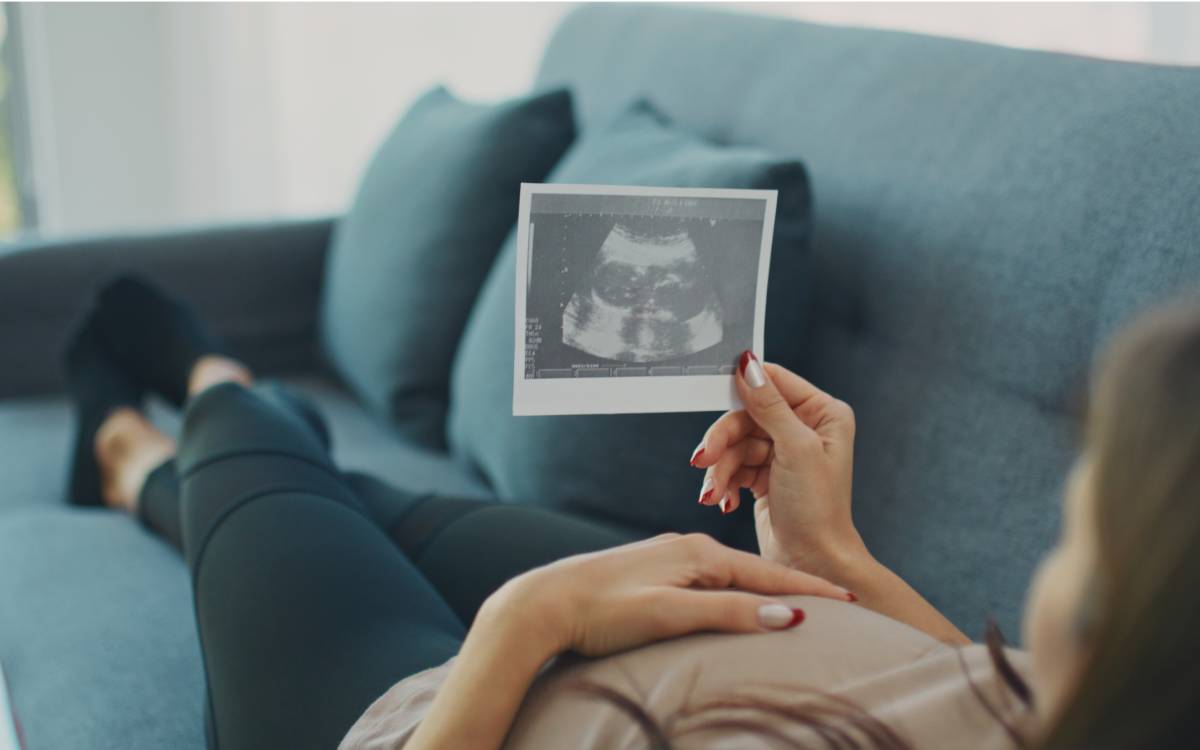
What You Need to Know About Receiving a Mammogram
Topic: What You Need to Know About Receiving a Mammogram
Health experts have acknowledged that mammograms play a crucial role in the early detection of breast cancer. Importantly, the earlier breast cancer is detected, the more positive the outcome can be due to early treatment by physicians. However, some individuals may not be sure about when to get a mammogram. Here, we will discuss what you need to know about receiving a mammogram.
When Should I Get a Mammogram?
Typically, mammograms are recommended by healthcare professionals for individuals aged 40 or older. More specifically, the United States Preventive Services Task Force recommended that individuals between the ages of 40-49 have a discussion with their healthcare provider concerning mammograms. In addition, they also suggested individuals between the ages of 50-74 receive a mammogram every two years.
However, it is worth noting that guidelines may vary according to organizations, as well as an individual’s specific medical history. For example, the American Cancer Society recommended an individual should be presented with the option of receiving an annual mammogram beginning at the age of 40. In addition, they suggested annual screenings for individuals between the ages of 45-54.
When Do I No Longer Need to Receive a Mammogram?
Currently, there is not a specific age at which individuals no longer need to receive mammograms. Personalized risk factors and medical histories come into play for each person.
What Else Do I Need to Know About Mammograms?
Mammograms are highly beneficial at detecting breast cancer early on, which helps individuals have better outcomes and reduces the need for more invasive treatment methods, including surgery. One organization, Breastcancer.org, reported that mammograms may reduce deaths from cancer by approximately 25-30%, leading to better outcomes for individuals who have them regularly.
While there may be some risks associated with mammograms, most health experts highly recommend them. The National Cancer Institute has noted some risks as false positives, false negatives, and/or overdiagnosis and treatment. However, mammograms remain a highly effective method for early detection of breast cancer.
Where Do I Receive a Mammogram?
There are several ways to receive a mammogram. Individuals may consult with their primary care physician for specific recommendations, but individuals may receive mammograms at the following places: a doctor’s office, hospital radiology department, breast clinic, private radiology office, or mobile screening van. While it is recommended that individuals consult with their physician first, their permission is not necessary to receive a mammogram, as one may be scheduled without a referral or prescription.
Key Takeaway
Mammograms play a useful role in the early detection of breast cancer, and typically begin around the age of 40 years old. Screenings can be scheduled multiple places, and while consulting with a physician is recommended, it is not required to receive a mammogram. Screening frequency is also highly dependent on an individual’s risk factors and medical history.
Topic Discussed: What You Need to Know About Receiving a Mammogram



